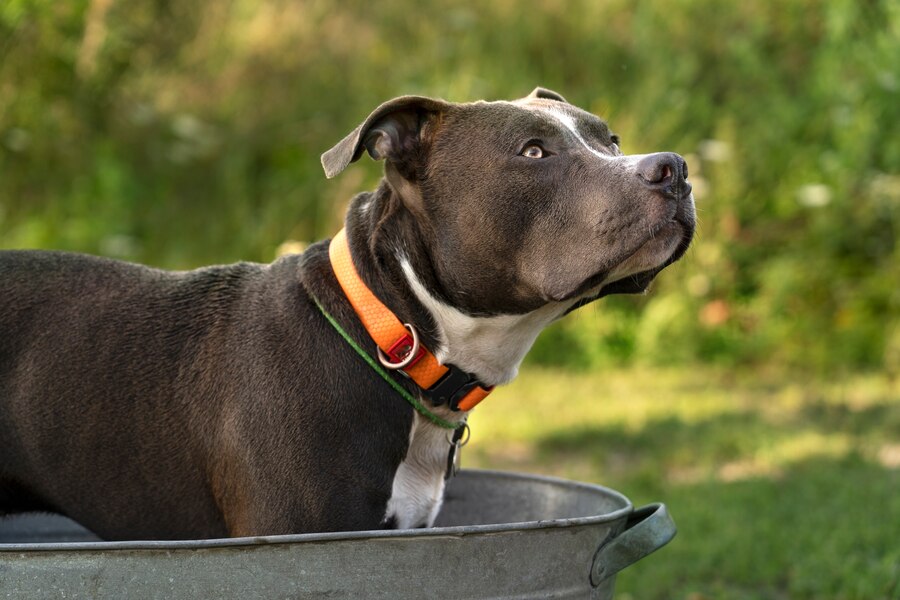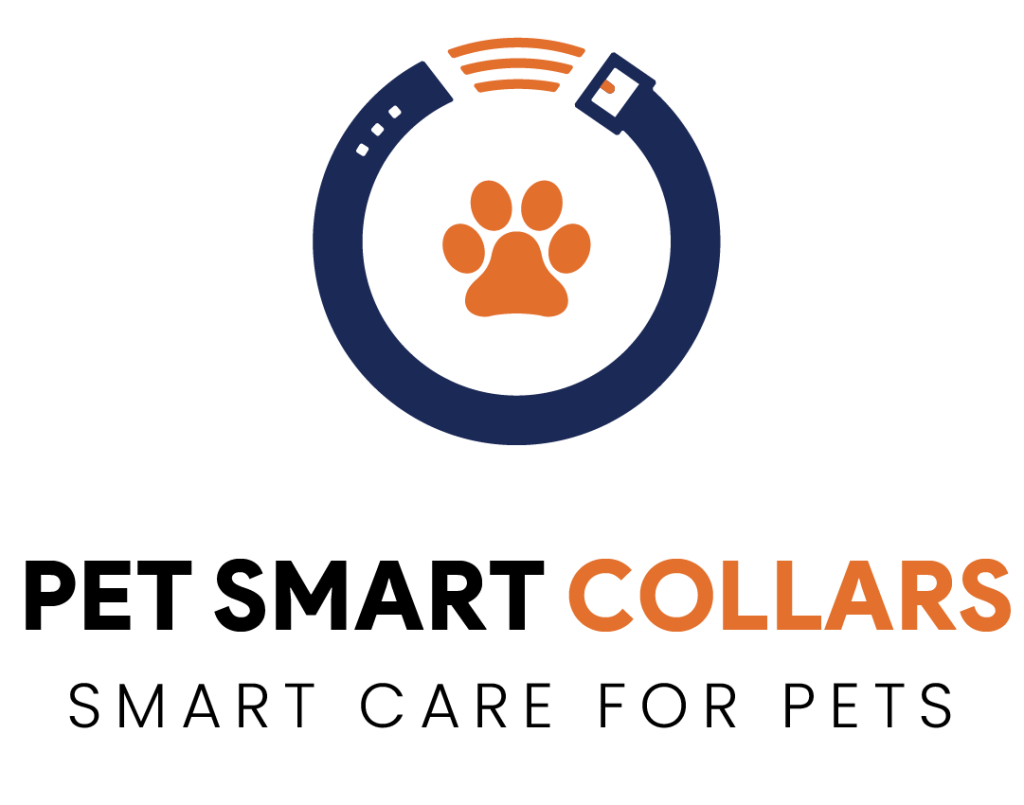Hey pet parents, struggling to choose the right accessory for your dog and you are confused about what should you get for your furry friend? Don’t worry after reading the article you will be able to choose between a dog collar and a harness.
I have been petting dogs and I am an expert in all dog-related things. I have tried both of them during dog training and know their positive and negative sides very well, so you can trust me.
Let’s get into the detail.
Dog Collar vs Harness
Dog collars and harnesses are used for different purposes. Which one to choose depends on the requirements of your dog and the specific situation. Let’s understand what are they individually and what purposes they serve.
What is a Dog Collar?

A dog collar is a very important piece of equipment for a dog. A dog collar usually consists of a strap which is tied around your dogs neck. The strap is made up of different materials such as leather, nylon or fabric.
Some dog collars also contain a D ring which is used to hold identification tags or other accessories. It can be very helpful for locating a lost dog if the dog has an identification tag with the owner’s contact details.
It is very important to select the right neck collar for your dog by measuring the exact neck size or material so it may not become a reason for neck allergy or discomfort.
It should be used for dogs that do not pull the leash because dogs who pull the leash can get infections around their necks. There are different types of collars you can use for your dogs such as a head collar, slip collar, rolled collar, choke chain collars etc.
Pros:
- Dogs can be easily identified with the identification tag attached to the dog collar.
- Collars are easy to use for daily walks and outings.
- Collars can be used to attach training tools such as chains or prongs for behaviour training of your dog.
- Collars are much less costly than harnesses.
Cons:
- Collars can put pressure on the dogs neck which can cause injuries and breathing problems for dogs especially dogs who pull the leash.
- Sometimes collars are very less manageable for stubborn dogs.
Tips for buying a dog collar
- Measure your dog’s neck
- Choose the right material and check if your dog has any allergy
- Buy a collar that has safety features such as quick-release buckles
- Buy a collar that has adjustable straps so it can be adjusted if your dog gains weight.
- Choose a soft and padded collar so it may not cause any allergy or discomfort to your pet dog.
Let me recommend a few dog collars that I have using for a while and they are the best dog collars because I don’t compromise my dog’s comfort and health.
Recommended products:
- Ruffwear, Front Range Dog Collar
- The Comfort Collar Ultra Soft Neoprene Padded Dog Collar for All Breeds
- Ruffwear Crag Reflective Collar
What is a Dog Harness?

A dog harness is also a very important piece of equipment that is designed to secure the dogs body by distributing equal pressure to its back, neck and shoulders rather than a collar that only focuses on the dog’s neck. It usually consists of a strap buckle and a D-ring which you can attach an ID card or a leash.
A dog harness usually serves many purposes such as providing better control over a dog’s movements, which reduces the risk of neck injuries and strains and offers a secure and comfortable way of restraining your dog during walks.
There are different types of harnesses available such as no-pull harness, step-in harness, chest harness, and front clip harness they both are designed to meet different purposes. Harnesses are preferred for dogs that pull off a leash because it makes it easy to control the dog. They are available in different stuffs and sizes to meet every dog breed and size.
Pros:
- They reduce the risk of neck strains and injuries.
- They are easy to manage and control the dog.
- They are very comfortable for long walks.
- They have a complete hold on your dog’s body so it avoids any slipping or running away.
Cons:
- Some dogs cause trouble wearing it initially but get used to it over time with proper training.
- High-quality harnesses can be more expensive than dog collars.
- Ensuring proper fit is very important because a single mistake can cause big trouble for your dog.
Tips for buying a dog harness
- Measure your dogs chest and neck size properly to ensure proper fit.
- Confirm your preferences and choose a collar according to your dog’s needs.
- Always go for the best-quality collar and choose its stuff carefully, check if your dog has any allergy to any specific material.
- Consider a collar with adjustable straps, especially for small dogs.
- Always check the security features such as the D ring and leash attachment, and also check if it has reflective elements for low light walks.
Recommended products:
When Should We Use a Dog Collar and When a Harness Should Be Used?
Choosing a dog collar or a dog harness depends on different factors such as your dog’s age, size, breed, behaviour and other needs.
Both of them are used to serve different purposes, and you should understand when should you use a collar and when to use a harness.
Firstly, let’s talk about dog collars, they are mostly used to serve identification purposes and attach a leash. Collars are very easy to use and they are very convenient for short walks and bathroom breaks.
Collars should not be used on a dog who pulls on the leash as it causes injuries to its neck and breathing issues, especially with throat-sensitive breeds.
Now, let’s talk about dog harnesses, they are suitable for dogs who require added control and are a bit stubborn. Harnesses distribute equal pressure to the dog’s neck, shoulders and chest which reduces the risk of injuries.
Harnesses are safer for long walks and make it easy for the pet parent to control the pet. Harnesses are also suitable for dog breeds with specific medical conditions such as brachycephalic breed like Bulldogs or Pugs. Ultimately, collars are used for identification purposes while harnesses provide a safer option for dogs.
You can use both a collar and a harness for your specific needs if you want to go on a short walk then you simply attach a leash to the collar but if your dog can pull the leash then it’s better to use a Dog Harness.
FAQs
- What Should I Use for My Puppy; a Collar or a Harness?
For a puppy, it is safer to use a harness rather than a collar because your puppies are still in the developing stage and a harness is a safer choice than a collar as it can cause pressure on little puppies neck.
But if you want to use a collar then make sure that it’s light in weight. But better is to use a harness to avoid any security risks.
- Should My Dog Consistently Wear a Harness?
No, your dog should not wear a harness 24/7, a harness should only be primarily used for walks and other training purposes. You should give time to your puppy to relax and breathe freely. If you a harness for too long then it can cause skin allergies in your dog.
It is a good practice to remove the harness if your dog is indoors, sleeping, or resting so they can also enjoy their well-being.
Conclusion
Choosing one between a dog collar and a harness is not so difficult if you keep your dog’s requirements in mind. They both have some pros and cons like every other thing has. As a responsible dog owner, you should when to use each.
A collar is used for short walks and identification purposes mainly but a harness is used to have additional control on your dog and is also a safer choice.
They both can also be used if you know when to use what. You should check all the uses of both a collar and a harness then decide what matches your dog’s needs.




